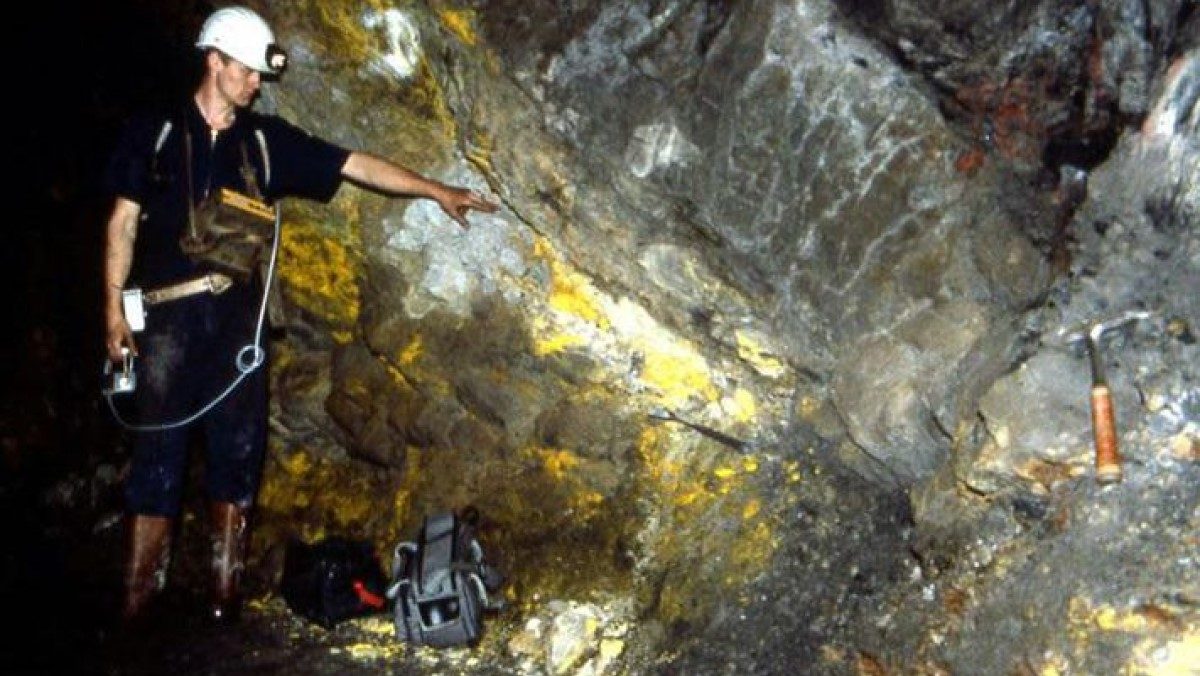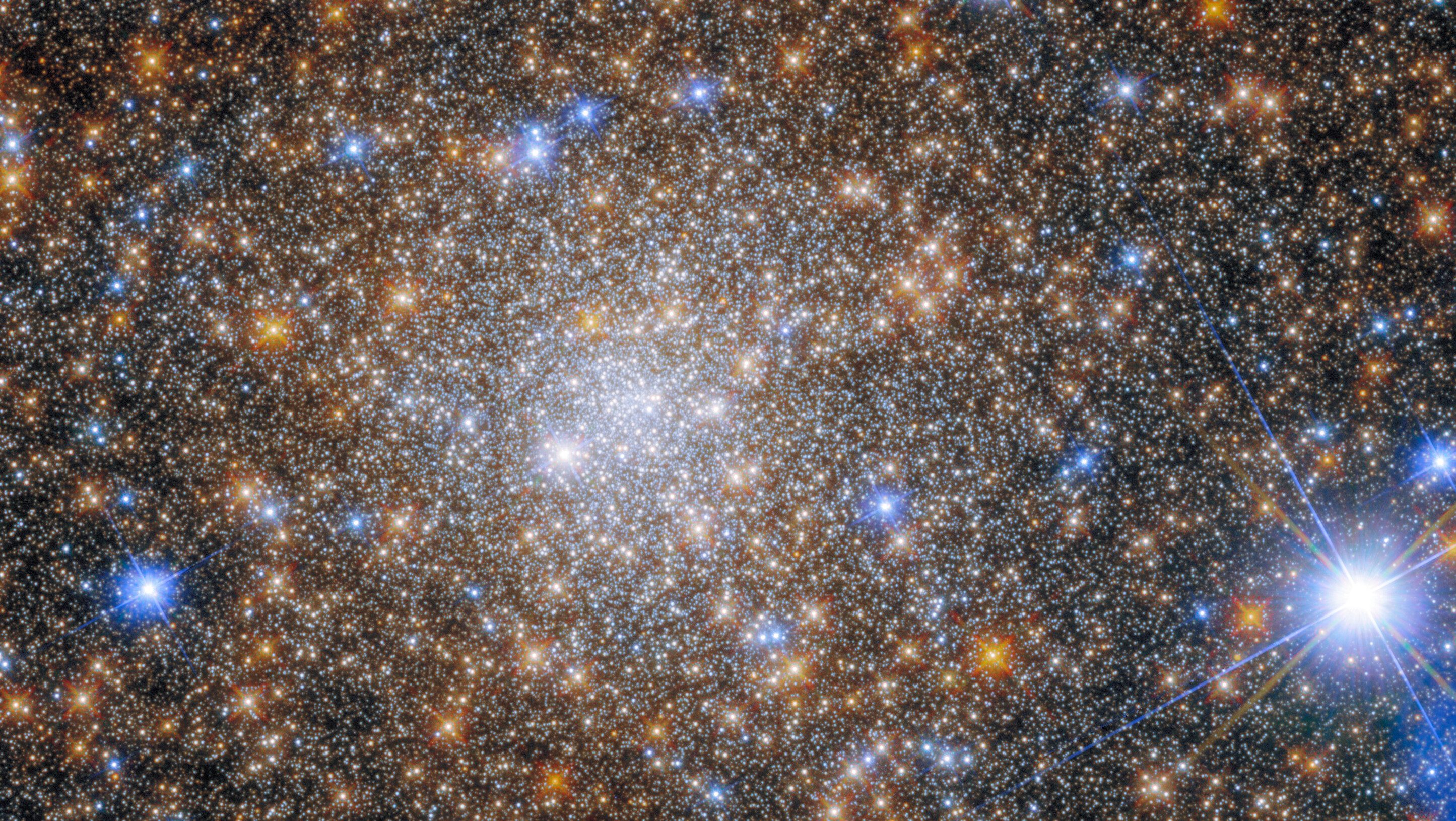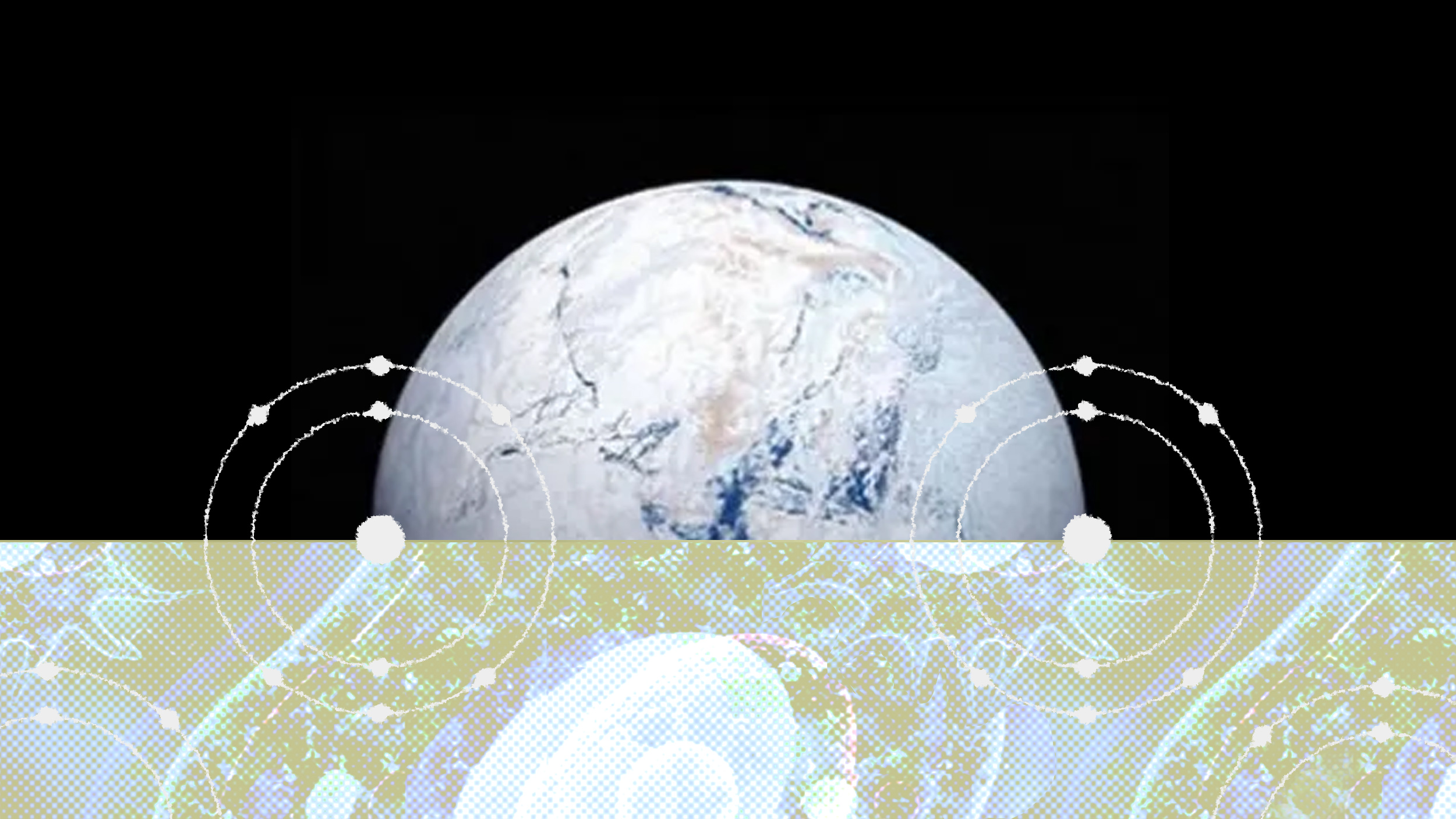Nanotechnology to Make Hydrogen Fuel

What’s the Latest Development?
A California company has announced its plan to build the world’s first prototype for a ‘nanotechnology-based, zero-carbon’ process for producing renewable hydrogen and natural gas. Using waste water, HyperSolar, Inc. will use an artificial photosynthesis process to break down water molecules into their constituent hydrogen and oxygen elements. A similar project at the University of California, San Diego, uses a 3D nanowire to split water molecules using a photoelectrochemical process, requiring the presence of sunlight to function.
What’s the Big Idea?
One of the largest obstacles to producing fuel cells made for hydrogen, the Universe’s most abundant element, is the energy-intensive process it currently requires, negating hydrogen’s clean energy qualities. But a photosynthetic process which took advantage of the equally plentiful sun could overcome that obstacle. By 2013, HyperSolar aims to have a prototype that produces hydrogen using nanotechnology and conventional photovoltaic elements. The next obstacle would be creating a fueling infrastructure to provide cars with hydrogen energy.
Photo credit: shutterstock.com





